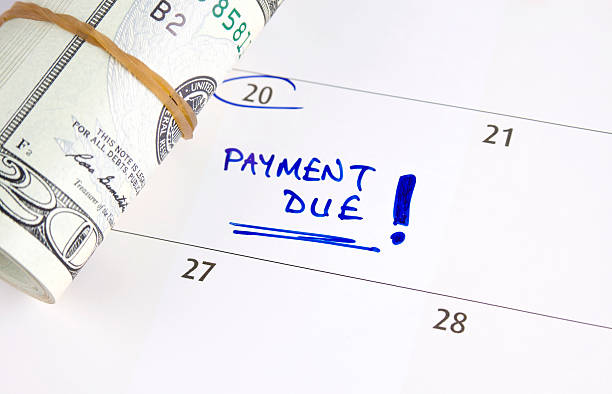Debt can be a burden that weighs heavily on your finances and overall well-being. Whether it’s credit card debt, student loans, or a mortgage, finding ways to lower your debt is crucial for financial stability. In this article, we will explore 6 simple steps that can help you lower your debt and pave the way for a more secure financial future. By following these steps, you can take control of your debt and work towards a debt-free life.
How to lower my debt
Following are the 6 simple steps to lower your debt:
STEP 1: Think About Your Current Debt Before Purchasing a New Vehicle

Your current debt situation should be taken into consideration when buying a new car, among other important factors. The interest payments, in addition to your loan repayments, are very important in figuring out how much money you will ultimately pay back over the course of the loan. Investigate debt-reduction options in order to get a better interest rate.
STEP 2: Learn Everything There Is to Know About Your Debt

Having a firm understanding of the precise amount you owe is crucial before taking any action regarding your debt. Make a list of all your debts, the amount owed on each, and any minimum repayment requirements. Include this information in a debt tracker. Credit card debts, unpaid bills or fines, loan repayments, and a record of the balance at the end of each month should all be included in this. If you intend to take out a car loan, use a car loan calculator to estimate the repayment and interest costs, then enter this data into your debt tracker.
Easy car loans.
Same day approvals!

STEP 3: Decide on goals

When you look at all of your debt, it can be overwhelming and seem impossible to pay it off. However, you can make realistic repayment plans once you have listed and estimated your debts. Setting goals aids in maintaining focus and direction. Determine how much you can afford to set aside each month for debt repayment. Create a budget based on an analysis of your income and expenses to help you meet your debt repayment goals within a set timeframe. Even though you might only be able to afford the minimum payments, examine your spending patterns to find places where you can cut costs and speed up debt repayment.
Read More: Personal and Payday Loan Differences in Australia
STEP 4: Give Your Debt Priority

Prioritising how you will deal with your debt is imperative once you have a clear picture of it. Prioritisation makes the task of debt reduction more manageable by concentrating on one debt at a time. Determining which debts to prioritise for early repayment is important because not all debts have the same financial impact. It may make sense to pay off the biggest debt first, but doing so may result in slower progress. Instead, tackling smaller debts first can boost confidence and serve as inspiration to keep going. This enables you to gather momentum as each debt is paid off until only the biggest one is left. Alternately, you can ultimately save money by paying off the debt with the highest interest rate. Regardless of the strategy picked, as soon as a debt is repaid, immediately move on to the next one.
STEP 5 : Make consistent, monthly payments

It’s essential to pay the bare minimum on each debt in order to stay current. However, you might want to think about paying more than the bare minimum each month if you want to pay off your debt more quickly. If possible, making regular additional payments will speed up debt repayment. Make sure there are no penalties for making extra or early payments. While you might decide to prioritise paying off a specific debt first to hasten its clearance, it’s crucial to still meet the minimum requirements for any other debts to prevent paying more than is necessary and incurring additional fees.
STEP 6: Keep up with your bills
It can be advantageous when applying for a car loan if you have a solid history of paying your bills on time. In order to avoid falling behind on your bills and loan repayments, set up automatic payments or reminders. Keeping up with your financial obligations also helps you avoid taking on additional debt or paying late fees.
Easy loan options.
Same day approvals

Give debt consolidation a thought
Consolidating your debts can make managing them easier if you have several. This entails consolidating all of your loans into one, leading to one monthly payment as opposed to several. Consolidating your debts can help you manage them better and possibly speed up their repayment. You can choose a loan with a lower interest rate if you consolidate your debts into one.
Lowering your debt is a crucial step towards achieving financial freedom. By implementing these 6 simple steps, you can take control of your debt, set achievable goals, and make steady progress towards becoming debt-free. Remember to carefully evaluate your financial situation, prioritize your debts, make consistent payments, and explore consolidation options when necessary. With determination, discipline, and a solid plan, you can successfully lower your debt and build a stronger financial future.
At Verified Lending, we’re committed to helping our clients find the best asset finance options. If you need help financing your next asset, call (02) 7503 2790 or [email protected] or just simply fill our contact form.
Read More: Understanding Personal and Payday Loan Differences in Australia





